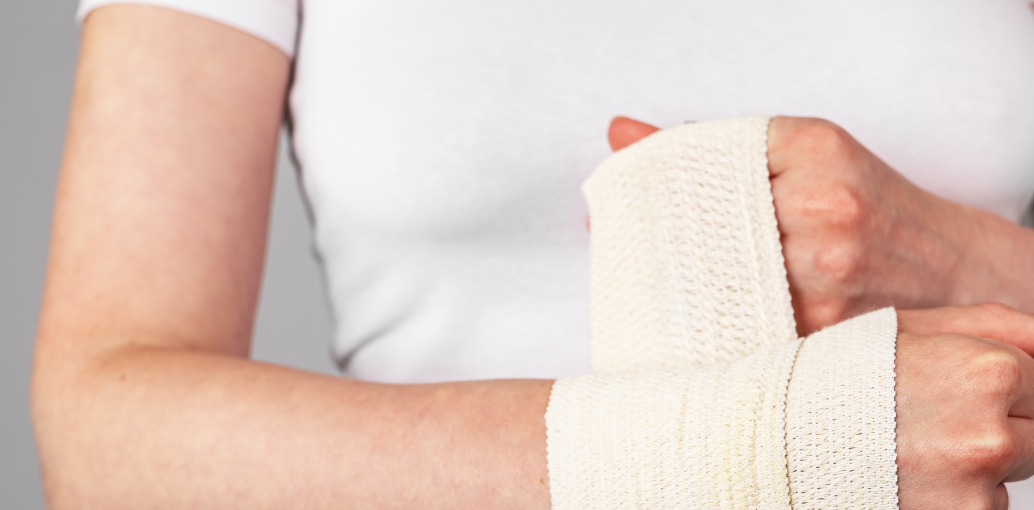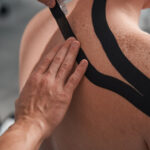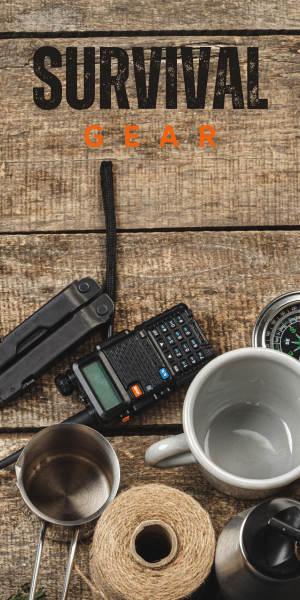Bandages, versatile tools in medical care, play a crucial role in wound management and injury support. From simple cloth strips to advanced compression wraps, bandages aid healing by providing protection, reducing swelling, and supporting injured areas.
Whether addressing minor cuts or sprains, the suitable application ensures proper care and facilitates recovery. Understanding the types and techniques involved enhances their efficacy in promoting well-being.
Understanding Bandages :
What Are Bandages?
Bandages are medical devices primarily used to support a dressing or splint or independently to provide support and restrict movement of a body part. When used with a sauce, they help hold the dressing in place over a wound, aiding in healing and protection. Some bandages, like elastic ones, are used without dressings to reduce swelling or support sprained areas. They come in various forms, from generic cloth strips to specialized shapes for specific body parts. Bandages can also be improvised with materials like clothing or blankets in emergencies.
Types of Bandages and Their Uses
Bandages vary widely in type and use. The most common is the gauze bandage, a woven material ideal for almost any application, including holding dressings. Adhesive bandages are small, sticky, and used for minor cuts. Compression bandages, like short stretch ones, are used for treating lymphedema or venous ulcers, offering support and reducing swelling. Triangular bandages, made from cloth cut into right-angled triangles, are versatile for slings or wrapping injuries. Tube bandages are used for securing dressings on limbs. Each type serves a specific purpose, from pressure to immobilizing injured areas.
Material and Design of Bandages
Bandages are made from various materials, each serving a specific purpose. Common materials include cotton, used in crepe bandages for its elasticity and breathability, ideal for supporting sprains and strains. Synthetic materials, which are highly stretchy and adapt to the body’s contours, are often used in conforming applications. Cohesive bandages, designed to stick to themselves but not to the skin, are quick to apply. Open-woven applications from non-elastic material allow good ventilation and hold dressings without pressure. Plaster of Paris bandages are used for casts, providing rigid immobilization for fractures.
Choosing the Right Bandage
Selecting the proper bandage depends on several factors. Consider the type of injury: adhesive bandages are suitable for minor cuts, while more significant wounds may require gauze or compression bandages. The injury location also matters; tube bandages are ideal for limbs. The desired function is crucial – immobilizing a body part, applying pressure, or simply holding a dressing in place. Material is another consideration; breathable materials like cotton are preferred for long-term use. Lastly, consider any allergies or sensitivities to bandage materials. Proper bandage selection is vital for effective healing and comfort.
Application and Techniques
Basic Bandaging Techniques
Applying a bandage correctly is crucial for effective healing. For a gauze bandage, start by cleaning and drying the wound. Place a sterile dressing over the wound if necessary. Begin wrapping the application at the end farthest from the heart, wrapping it towards the heart to encourage blood flow.
Overlap each layer slightly to ensure complete coverage. Secure the future with medical tape or a clip. For adhesive bandages, peel off the protective strips and place the pad over the wound, ensuring the adhesive sticks to clean, dry skin. When using a compression bandage, apply it snugly but not too tight to avoid restricting blood flow. Check for signs of poor circulation, like numbness or discoloration, and adjust the bandage as needed.
Specialized Bandaging Methods
Specialized bandaging techniques are used for specific injuries. For sprains, use an elastic bandage to wrap the injured area. Start from the end farthest from the heart, wrapping towards the body’s center. The wrap should be firm but not too tight and cover the area above and below the injury. For burns, use a sterile, non-adhesive dressing. Place the sauce over the burn, securing it with a gauze bandage without applying pressure.
Avoid using adhesive bandages on burns. In cases of severe bleeding, a pressure bandage may be required. Apply a sterile pad over the wound and wrap a gauze bandage tightly to apply pressure, but be cautious not to cut off circulation entirely.
Common Mistakes in Bandaging
Common mistakes in bandaging include wrapping too tightly, which can impede circulation and cause further injury. Always ensure that the bandage is snug but not constricting. Another mistake is using a bandage that is too small or too large for the wound, leading to inadequate coverage or excessive pressure. It’s also essential to use the correct type of bandage for the specific injury.
For instance, using an adhesive application on a burn can irritate. Not changing the dressing frequently enough is another standard error, leading to infection risk. Bandages should be changed daily or when they become wet or dirty. Lastly, failing to properly clean and dry the wound before bandaging can introduce bacteria, so always start with a clean injury.
Bandages in First Aid
Role of Bandages in First Aid Kits
Bandages are a fundamental first aid kit component, vital in wound management and injury treatment. Their primary function is protecting wounds from infection, controlling bleeding, and supporting injured limbs or joints. A well-stocked first aid kit should include a variety of bandages to cater to different types of injuries. This assortment typically comprises adhesive bandages for minor cuts and scrapes, sterile gauze bandages for more significant wounds, elastic bandages for sprains and strains, and triangular bandages for making slings or wrapping more considerable injuries.
The selection of bandages should be based on the most likely injuries in a given environment, whether at home, workplace, or outdoor setting. Ensuring a range of sizes and types of bandages can prepare one for a wide array of injury scenarios, making them an indispensable part of emergency preparedness.
Emergency Situations and Bandage Application
In emergencies, the effective use of bandages can be crucial in managing injuries until professional medical help is available. For bleeding wounds, applying a sterile gauze bandage with firm pressure can help control bleeding. In sprains or strains, elastic bandages can support and reduce swelling. It’s vital to apply applications with the correct technique; too tight can restrict blood flow, while too loose may not provide adequate support or protection. In emergencies, improvisation might be necessary.
For instance, a triangular bandage can create a sling for arm injuries or to secure splints. Understanding the basic principles of bandage application – such as covering the entire wound, securing the bandage without cutting off circulation, and checking for signs of infection – is essential in effectively using bandages during emergencies.
Innovation and Future of Bandaging
The future of bandaging is shaped by remarkable innovations and emerging technologies aiming to enhance healing processes and improve patient outcomes. One significant trend is the development of intelligent bandages. These bandages are equipped with sensors that can monitor various aspects of the wound environment, such as temperature, pH levels, and moisture. This real-time data can be transmitted to healthcare providers, enabling more precise and timely interventions.
Another area of advancement is in the material used for bandages. Researchers are experimenting with bioactive bandages that contain substances promoting wound healing, like collagen, antibiotics, or even stem cells. These bandages protect the wound and actively participate in the healing process.
Hydrogel bandages are also gaining attention for their ability to maintain a moist environment around the wound, which is conducive to healing. They can be infused with medications or pain relief substances, providing additional benefits to the healing process.
3D printing technology is also making its way into bandage production, creating customized bandages tailored to the specific shape and size of a wound, ensuring optimal coverage and protection.
These innovations signify a shift towards more interactive and responsive wound care, with bandages not just serving as protective barriers but as active participants in the healing process. This evolution in bandaging technology holds great promise for improved wound management and faster, more effective healing.
Ace Bandage :
An ACE bandage, also known as an elastic bandage or a compression bandage, is a long strip of stretchable cloth used to wrap around a sprain or strain. It gently pressures the injured area, helping reduce swelling and improve comfort. These bandages are particularly effective in the initial days following an injury to prevent swelling. They can be worn for extended periods as long as they do not exacerbate pain.
The application of an ACE bandage is straightforward. For example, start wrapping an ankle by placing horseshoe-shaped cloth felt pads under the anklebone to prevent fluid accumulation. Begin wrapping at the base of the toes, moving in a figure-eight pattern around the foot and ankle, ensuring the bandage is somewhat taut but not too tight. The wrap should cover the entire foot from the toes to several inches above the ankle, securing the end with clip fasteners or tape.
The bandage must be snug but not so tight that it cuts off circulation. Signs of a too-tight application include purplish or blue toes or fingers, coolness to the touch, or numbness and tingling. It’s advisable to loosen the wrap at night before bedtime. While compression bandages aid recovery, they do not offer protection against further injury. For example, a brace might also be needed for additional support if wrapping an ankle. Keeping the bandage between uses is important for hygiene and effectiveness; it should be hand-washed in warm, soapy water, rinsed, and air-dried.
This information is based on the content from the Kaiser Permanente health encyclopedia and provides a comprehensive overview of the use and application of ACE bandages.
Selection :
Azen 12 Pack Gauze Rolls Bandages :
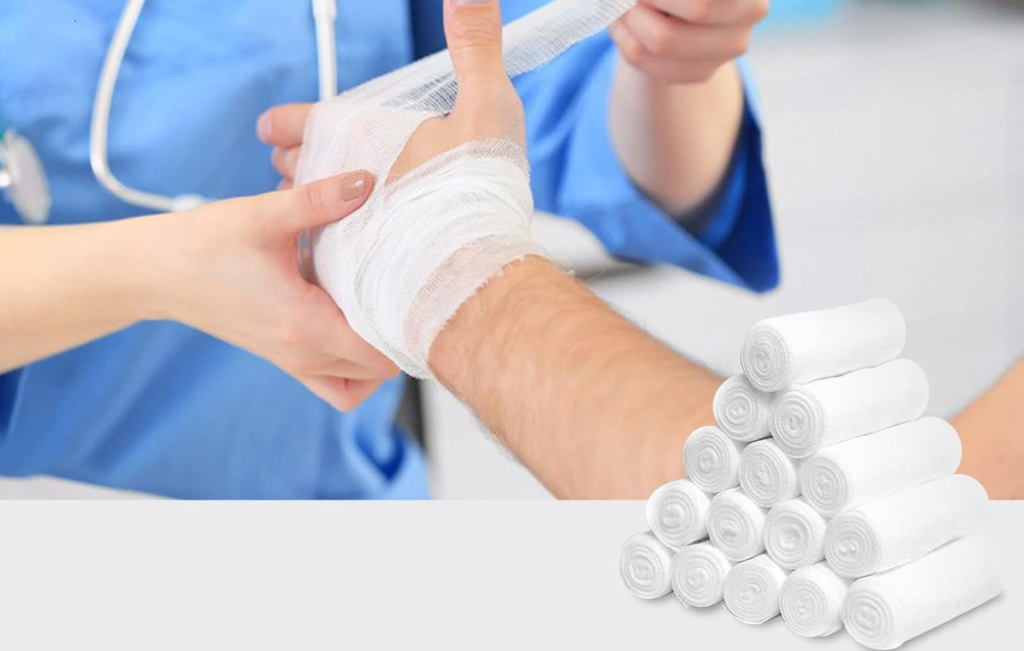
The first link leads to a product page for the “Azen 12 Pack Gauze Rolls Bandages.” These bandages are 4 inches wide and 4.1 yards long, designed for medical and first aid purposes. They are made from soft, non-stick, and super absorbent materials, making them suitable for sensitive skin without causing irritation. Each pack contains 12 individually wrapped gauze rolls along with 2 medical tapes.
GT Cotton Elastic Bandages:
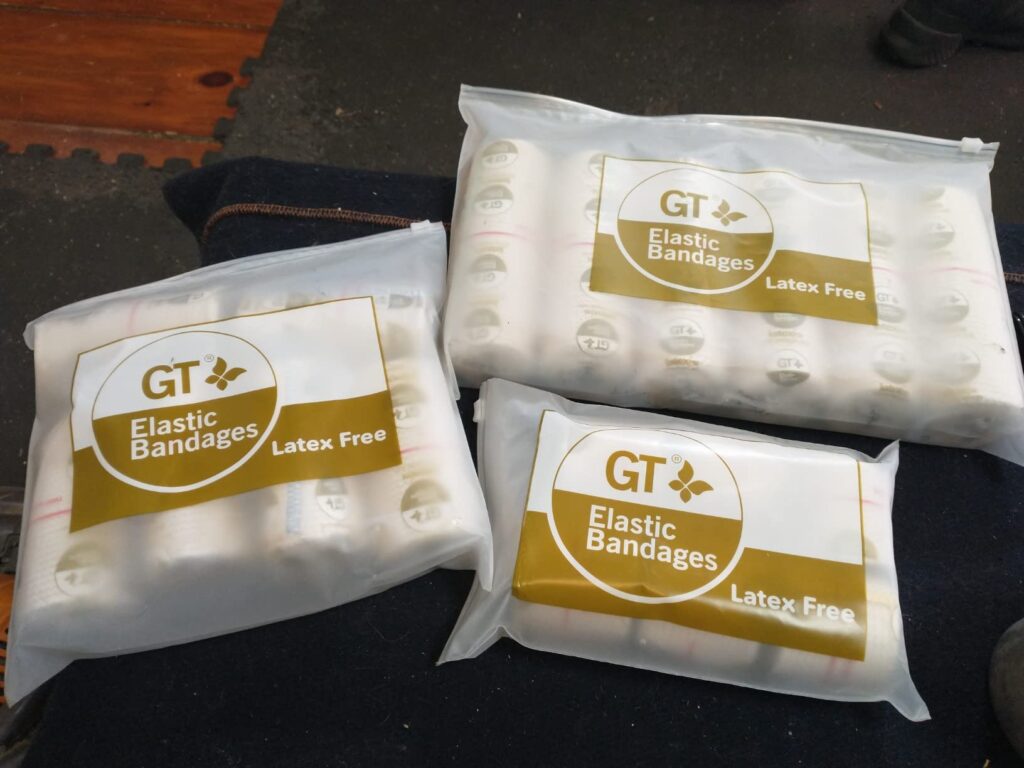
These are latex-free, hypoallergenic bandages made from high-quality, USA-grown cotton. They feature easy press fasteners at both ends for secure application and are designed for comfort and durability. Ideal for sprains and injuries, they are machine washable and reusable, available in various sizes for different joint and muscle support.
MightyX Premium Elastic Bandage Wrap:
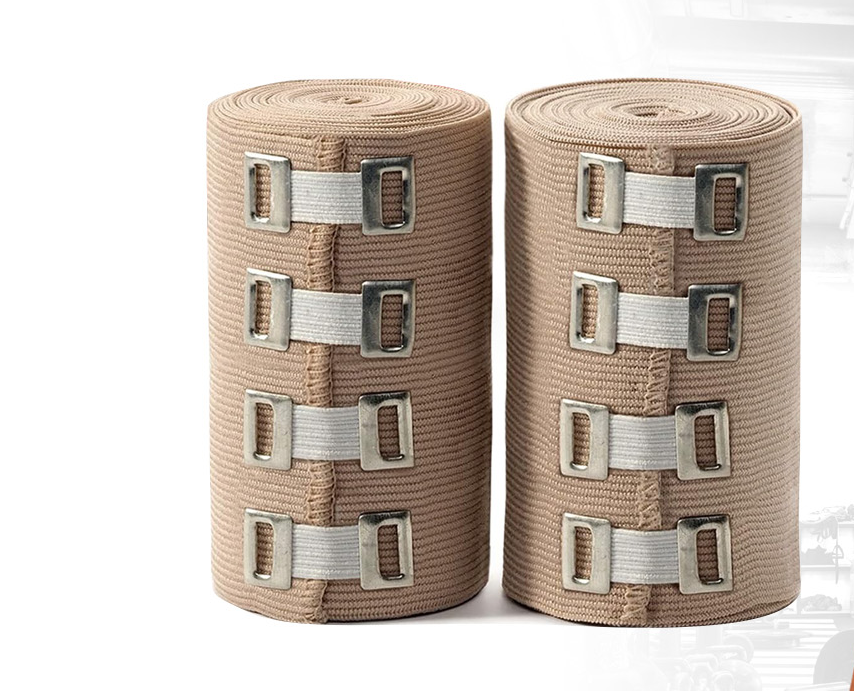
This package includes two extra-long, 4-inch premium elastic bandage wraps made of high-quality polyester for superior elasticity and support. They are individually packaged for hygiene, reusable, and come with extra clips for secure fastening. These bandages are ideal for providing compression and support for larger body areas.
MightyX Premium Elastic Bandage Wrap (4pk):
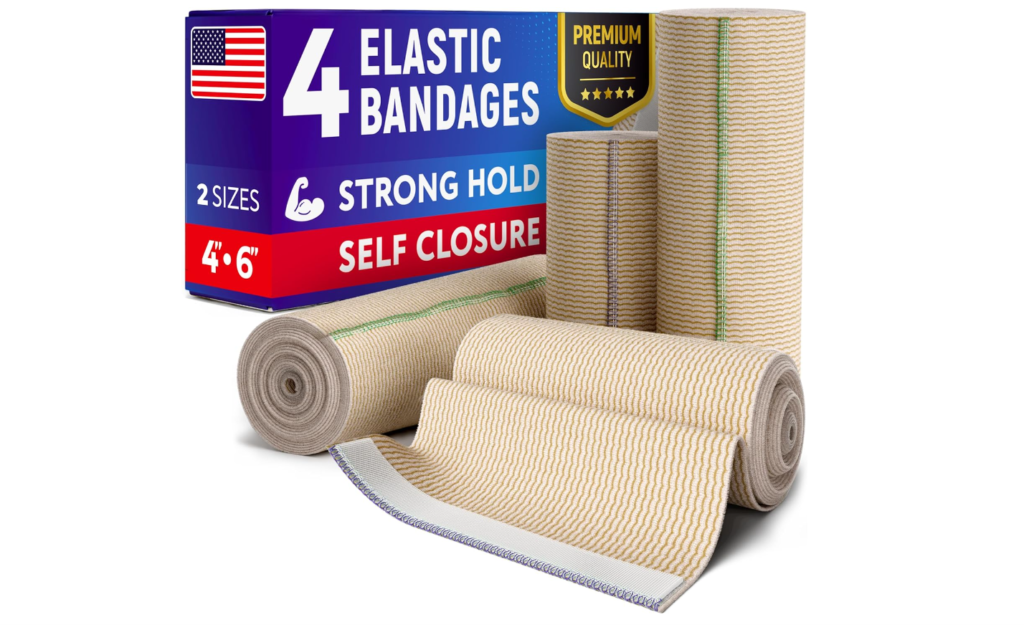
This set includes two 4-inch and two 6-inch rolls of elastic bandage wraps, made of premium-grade polyester with hook-and-loop closures for easy application. They are designed for strong and comfortable support, perfect for wrapping legs, arms, and the abdomen. The bandages are washable, reusable, and a must-have for first aid kits.
Dimora Pre Wrap Tape:
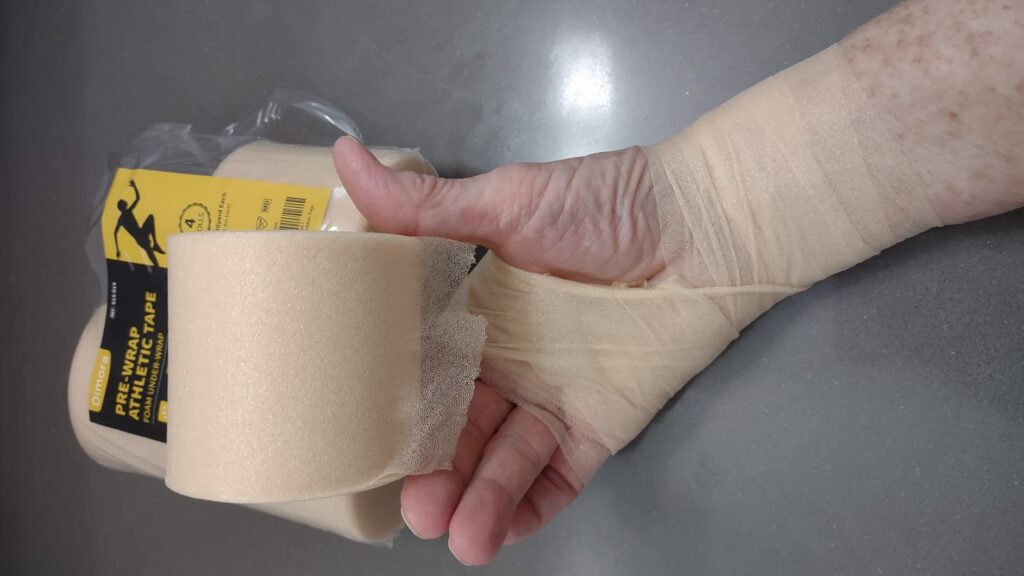
This product includes four rolls of pre-wrap tape, each measuring 2.75 inches x 30 yards. The tape is made from a latex-free, skin-friendly foam, offering excellent elasticity and comfort. It’s ideal for protecting sensitive skin and can be used in various sports scenarios for stability and to prevent friction.
In the end :
In the tapestry of healthcare, bandages stand as essential threads, weaving a narrative of healing and support. Their diverse forms, from traditional gauze to modern compression wraps, offer tailored solutions for various injuries. The future promises even more effective wound care as we embrace innovations like smart bandages and bioactive materials. Bandages not only shield wounds but actively contribute to the healing process. In the tapestry of health, bandages remain steadfast allies, embodying the art and science of rehabilitation and care.

